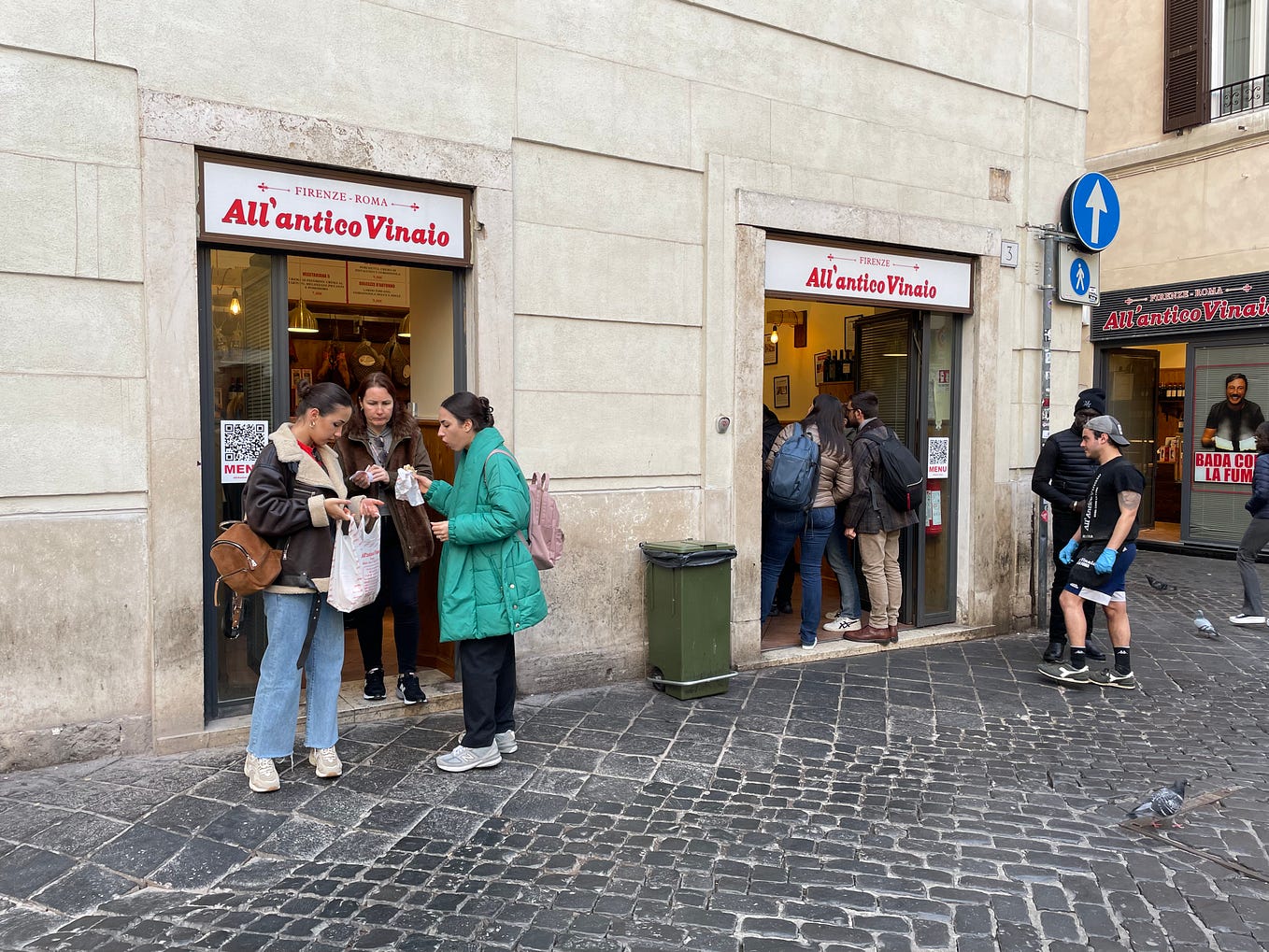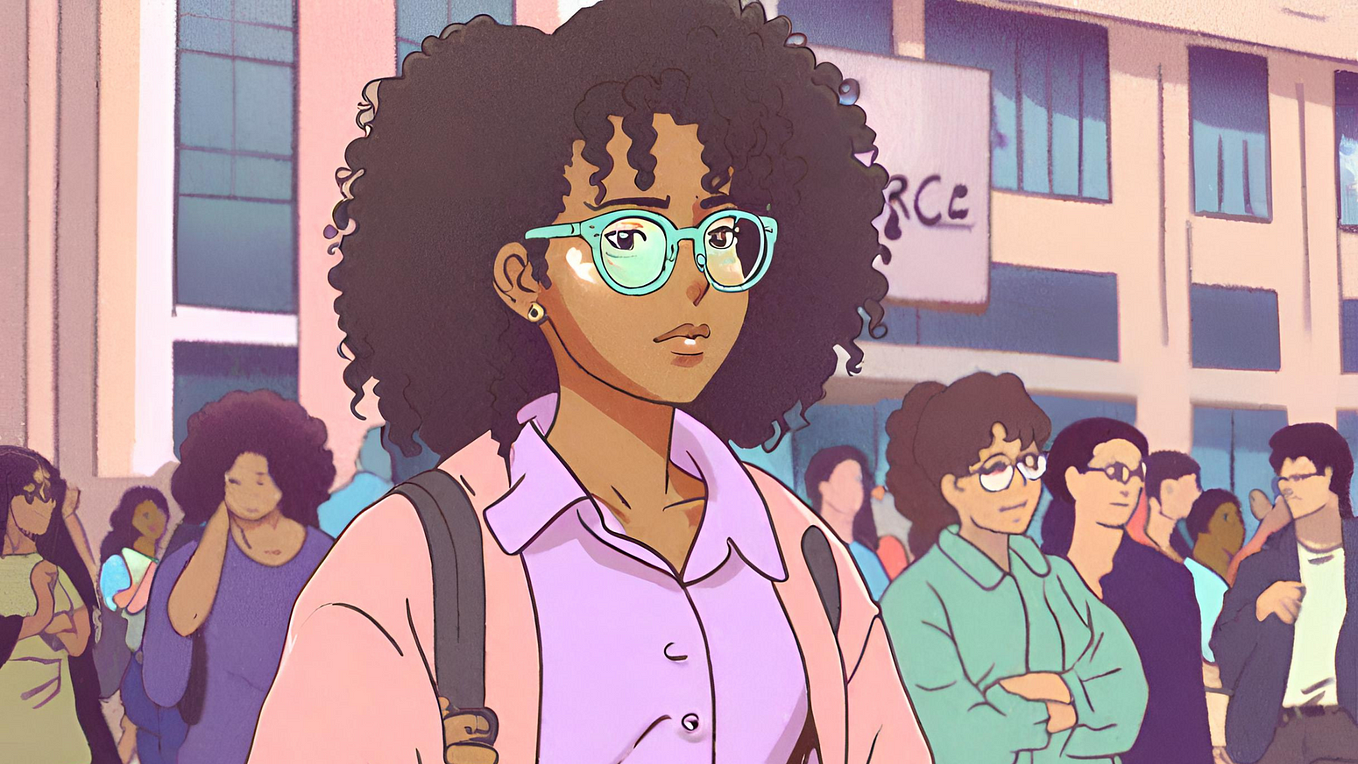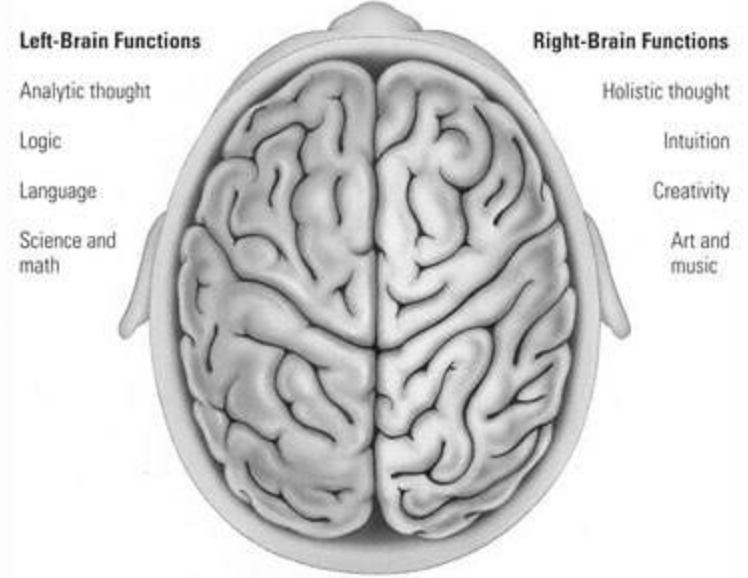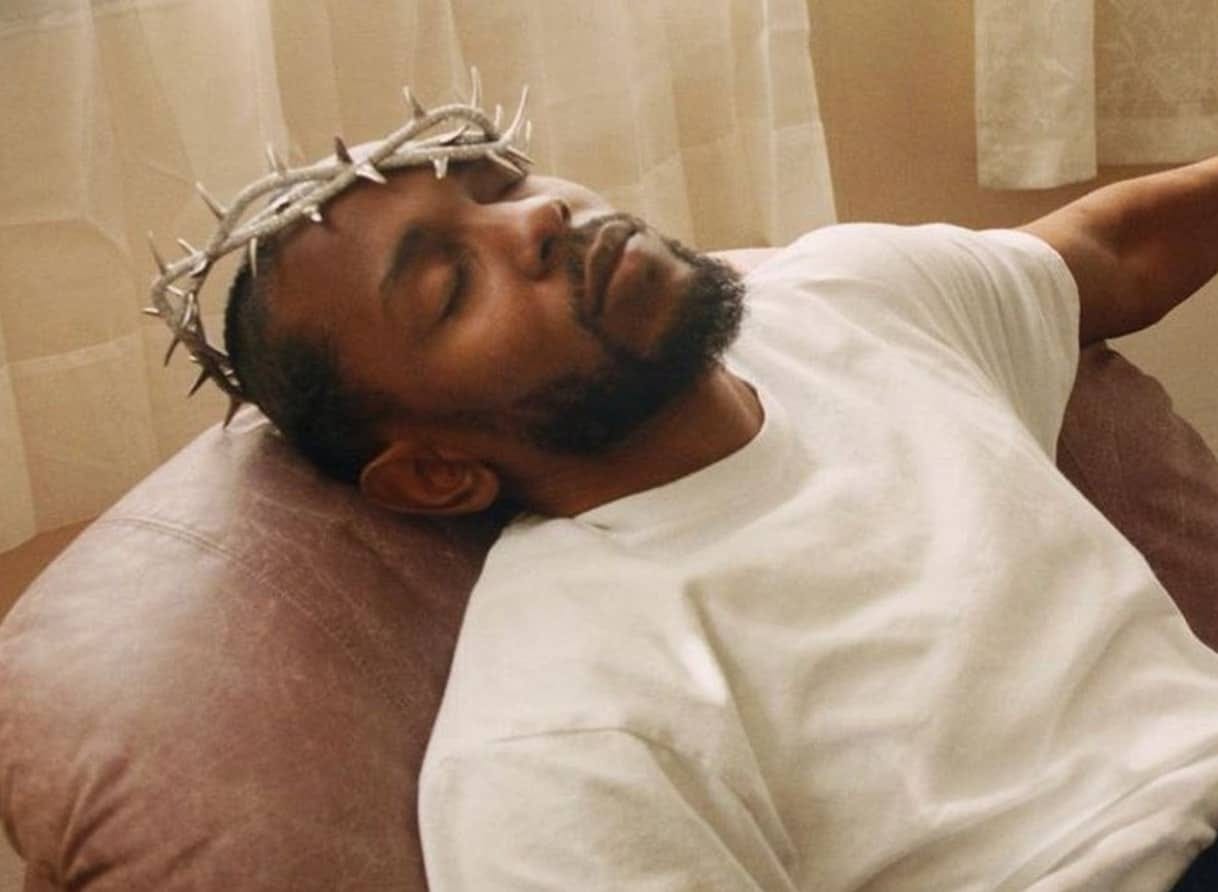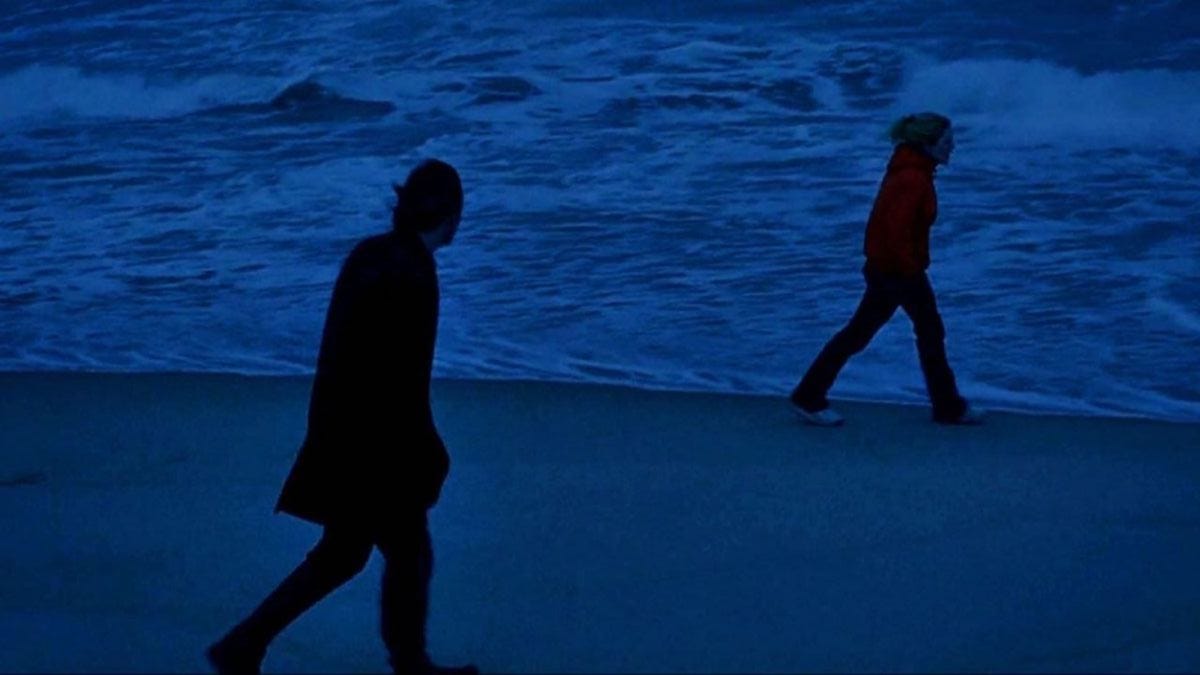What We Can Learn From Two-Tone: Multiracial Utopian Potential
Originally published in Unplugged Magazine
Two-tone is the musical child of Jamaican ska and British punk traditions. In other words, it’s a genre designed to get listeners on their feet and grooving. This goofy, high-energy dance music appealed to listeners during its prime, but due to its perceived lack of seriousness, it soon passed out of fashion and is rarely remembered today. Yet this short-lived ’80s trend has a lot more to offer contemporary audiences than it might appear at first glance.
Two-tone was born in 1979 by The Specials, a group consisting of five white guys and two Black guys in small-town Coventry, England. Their hit song “Gangster” earned them enough royalties that they decided to open a recording studio in order to make more music with their unique sound: a combination of infectious punk tempo and off-beat ska rhythm. They called their label 2 Tone Records, after the multiracial makeup of their own band, and after the two-tone suits they all wore in performance. Their aesthetic was Black and White, in every sense of the phrase.
The Specials and the other signed two-tone acts were so rambunctious in performance that it can still be easy to miss the political commentary they offered. In an industry so saturated with segregated, all-white or all-Black acts, two-tone is refreshing. Although it might not seem so radical today, the simple act of combining disparate racial traditions in music-making was truly ambitious at the time.
The Specials came together right at the beginning of Margaret Thatcher’s term as Prime Minister of England, a political period marked by extreme economic restructuring that led to vast unemployment and social upheaval. An influx of immigrants joining a restless English population set the stage for racial violence, a dynamic which birthed several riots in the Summer of 1981.
Jerry Dammers, the lead songwriter of The Specials, penned “Ghost Town” in response to this political unrest. The song focuses on small towns like Coventry that had been abandoned by young people desperate to find work in bigger cities. “Ghost Town” opens with the complaint in patois, “This town is ‘coming like a ghost town,” lamenting that “all the clubs have been closed down” due to economic concerns over the profitability of music performance.
Another lament, that “bands won’t play no more” because there is “too much fighting on the dance floor,” references the sad truth that the punk music scene at the time included both fascist-leaning skinhead fans and Black/anti-racist fans, practically begged for race-based conflict. In fact, one of the 1981 riots occurred when a skinhead, National-Front-supporting band called 4 Skins played a show in a majority-Asian neighborhood. Attracted by the violent rhetoric of the band, these skinhead fans assaulted several elderly Asian residents on their way in, prompting violent backlash from the community. The ensuing riot only ended once the performance venue had burned down, leaving 110 people hospitalized. Similar race riots popped up from April to July of 1981 in major cities all over the country. Dammers manages to capture some of the increasingly tense energy of this moment on “Ghost Town” through the use of strained horns and angry, far-off sirens.
Despite growing popularity, two-tone didn’t make it to the second half of the ’80s. They exploded onto the scene and then, only five years later, fizzled out — perhaps the bands were too big, or the ideals they espoused too far from reality. Their vision of happy multiracial coexistence and collaboration was brought to an abrupt halt when The Specials went on tour with Madness, an all-white band with a skinhead fanbase. Several Madness fans called Black members of The Specials racist epithets. According to writer Stephen Rodrick, that tour and its subsequent media coverage “temporarily marred the harmonious feeling of the neo-ska movement and only underscored the incendiary racial situation in Thatcher’s England.” Despite the fact that 2 tone had managed to create a space where multiracial creativity could flourish, the reality of the ’80s called them back. As a result, 2 tone Records folded in 1985.
Now more than ever, the two-tone movement should be reexamined for its innate utopian imagination. Vocalist/guitarist David Wakeling — a member of the most famous two-tone band, The Beat — identified himself as a “constructive anarchist.” In a 1980 interview, he explained, “I’m an anti-racist, an anti-capitalist… well, not even anti. I’m just pointing out what certain attitudes of mind do to people. I went to look at a National Front demonstration in Birmingham and I came really close to lobbing a brick at them. I hated them so much I wanted to be as violent as they were being. But then I thought that it wouldn’t make things any better.” Constructive anarchy rather than senseless violence, Wakeling posited, was one solution to the racial tensions of the period. David Steele, another member of The Beat, agreed: “The only way to improve things is to overthrow the whole thing. […] If I could rid myself of the system at a stroke I’d do it.”
Across the board, these artists wanted to create significant social change. That much is clear from both their music and their politics. Two-tone is protest music; it is abolitionist. Yet at the same time, it is constructive in its imagination of multiracial harmony.
In 2021 America, we are living through a similar political moment to the Thatcher era. In the wake of Trump’s presidency and the BLM protests of summer 2020, our country seems to have splintered into two irreparable sects, with racial tension reaching another boiling point. Perhaps what America needs is a bit of “constructive anarchy” in order to imagine a multiracial future. What does that look like? Well, if the two-tone movement offers any indication, that means abolition and anti-capitalism, along with the collaboration of multiple, drastically different cultures to create a singular funky beat.
WORKS CITED
Double Visions, director. 4 SKINS BBC TV 1981 Documentary (HD). YouTube, 3 Dec. 2018, youtu.be/k9kOY6GORWs.
TopPop, director. TOPPOP: Selecter — On My Radio. YouTube, 1 Feb. 2013, youtube.com/watch?v=074AfC9tw48.
Lott, Tim. “The Beat: The Mad Hatters”. Record Mirror (1980). The Beat. Rock’s Backpages. Accessed March 14, 2021. http://www.rocksbackpages.com/Library/Article/the-beat-the-mad-hatters.
Rodrick, Stephen. “Ska Story: the Sound of Angry Young England.” Chicago Reader, 1990, www.chicagoreader.com/chicago/ska-story-the-sound-of-angry-young-england/Content?oid=875398.
Silverton, Peter. “Two-Tone Movement”. Encyclopedia Britannica, 15 Apr. 2010, https://www.britannica.com/topic/Two-Tone-Movement-1688309. Accessed 14 March 2021.
The Specials. “Ghost Town.” Genius, 12 June 1981, genius.com/1789812.
Stand, Mike. “The Selecter: ‘Two Tone, Black And White, That’s The Whole Thing’”. Smash Hits (1980). The Selecter. Rock’s Backpages. Accessed March 14, 2021. http://www.rocksbackpages.com/Library/Article/the -selecter-two-tone-black-and-white-thats-the-whole-thing.
Stewart, Tony. “The Specials: Specials (Two Tone)”. New Musical Express (1979). The Specials. Rock’s Backpages. Accessed March 14, 2021. http://www.rocksbackpages.com/Library/Article/the-specials-ispecials-two-tone.

